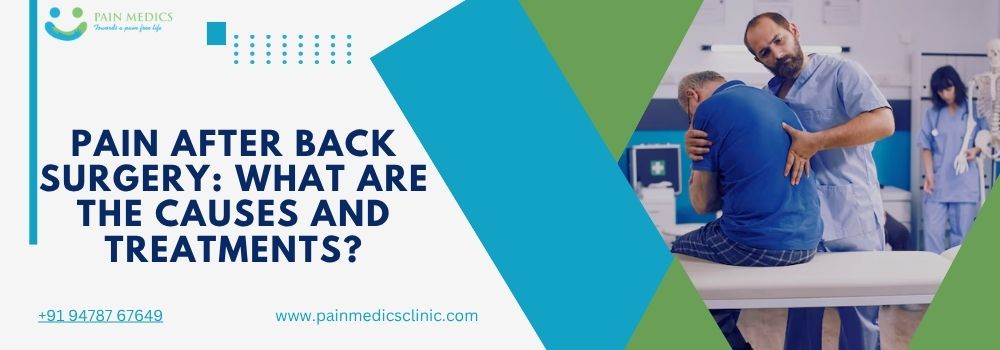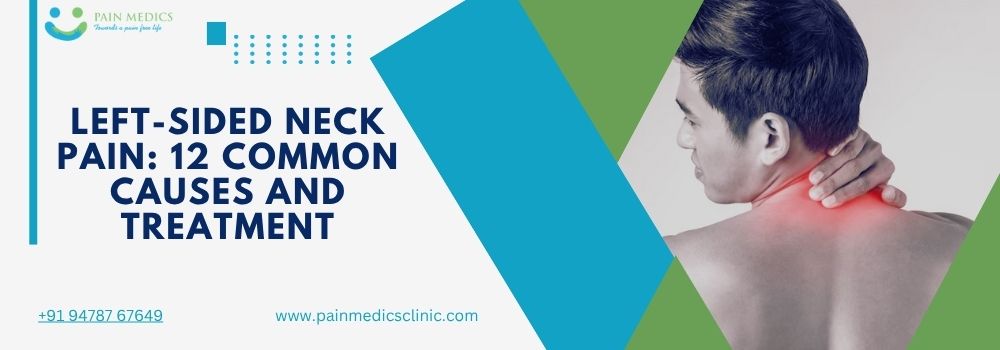Sacroiliac (SI) joint pain is a significant contributor to low back pain, especially in the elderly population. Despite its prevalence, it’s often overlooked and underdiagnosed. In this blog post, we’ll explore SI joint pain, its symptoms, diagnosis, and various interventional treatments that can provide relief.
What is SI Joint Pain?
The sacroiliac joints are located where the lower spine connects to the pelvis. These joints play a crucial role in the transmission of weight from the spine to the legs and in absorbing shock between the upper body and the lower body. When these joints become inflamed or damaged, it can lead to Sacroiliac joint pain.
It can be caused by various factors, including:
- Osteoarthritis
- Pregnancy and childbirth
- Trauma or injury
- Abnormal gait or walking pattern
- Leg length discrepancy
- Spinal fusion surgery
- Inflammatory polyarthropathies and conditions like Ankylosing Spondylitis
Symptoms of SI Joint Pain
This pain can manifest in several ways, making it challenging to distinguish from other types of lower back pain. Common symptoms include:
- Deep, dull pain in the lower back, buttocks, or upper legs
- Pain that worsens with prolonged sitting, standing, or walking
- Difficulty climbing stairs or getting up from a seated position
- Pain that may radiate down the legs (similar to sciatica)
- Stiffness or a burning sensation in the pelvis
- Increased pain when putting more weight on one leg
- Discomfort when rolling over in bed or getting out of a car
It’s important to note that these symptoms can often be mistaken for other lumbar spine disorders, which is why proper evaluation by a healthcare professional is crucial for accurate diagnosis.
Diagnosis of SI Joint Pain
Diagnosing it typically involves a combination of physical examinations and diagnostic injections. Imaging techniques are used to rule out other causes or red flags. Some common diagnostic methods include:
Physical examinations
- Gaenslen’s test
- FABER (Flexion, Abduction, and External Rotation) test
- Compression test
- Distraction test
Imaging techniques
- X-rays
- MRI (Magnetic Resonance Imaging)
Diagnostic Injections
- Local anaesthetic injections into the SI joint can help confirm the diagnosis if pain relief is achieved. If a patient achieves significant relief in symptoms, it implies that the SI joint is the cause of pain, and further interventions for long-term pain relief are warranted.
Interventional Treatments for SI Joint Pain
For patients who don’t respond well to conservative treatments like physical therapy or oral medications, several interventional treatments can provide relief:
Steroid Injections
- Frequently used to reduce pain and inflammation
- Guided by fluoroscopy or ultrasonography guidance for targeted relief
- Effects may wear off after several months.
Platelet-Rich Plasma (PRP) Therapy
- A regenerative treatment is gaining attention
- It can help reduce pain and improve function
- Uses the patient’s blood components to promote healing
Radiofrequency Ablation (RFA)
- Minimally invasive procedure
- Uses heat to disrupt pain signals from nerves around the joint
- Offers longer relief, especially for patients with chronic pain
Benefits of Interventional Treatments
These interventions, performed by pain physicians, offer several advantages for elderly patients suffering:
- Targeted pain relief
- Improved mobility
- Reduced dependency on oral pain medications
- Enhanced overall quality of life
- Restored functional independence
By addressing effectively, these treatments can significantly improve the daily lives of elderly patients, allowing them to engage more fully in activities and maintain their independence.
Conclusion
SI joint pain is a common but often overlooked cause of low back pain in the elderly. By understanding its symptoms and seeking proper diagnosis, patients can access effective interventional treatments that provide much-needed relief. If you’re experiencing persistent low back pain, consult us at PainMedics to determine if SI joint pathology could be the underlying cause and seek lasting relief.







